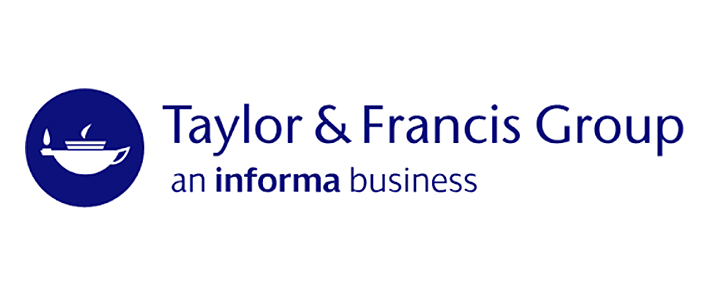Quantum entanglement in electron optics : generation, characterization, and applications / N. Chandra.
Material type: TextSeries: Springer series on atomic, optical, and plasma physics ; 67Publication details: Berlin : Springer-Verlag, 2013.Description: xix, 301 p. ; illISBN:
TextSeries: Springer series on atomic, optical, and plasma physics ; 67Publication details: Berlin : Springer-Verlag, 2013.Description: xix, 301 p. ; illISBN: - 9783642240690 (hard cover : alk. paper)
- 23 C456 530.12
| Item type | Current library | Call number | Status | Date due | Barcode | Item holds | |
|---|---|---|---|---|---|---|---|
| Books | ISI Library, Kolkata | 530.12 C456 (Browse shelf(Opens below)) | Available | 135694 |
Includes bibliographical references and index.
1. Introduction and Preliminaries --
2. Quantum Information: Basic Relevant Concepts and Applications --
3. Theory --
Part I: Atomic Processes --
4. Coulombic entanglement: one-step single photoionization of atoms--
5. Coulombic entanglement: one-step double photoionization of atoms--
6. Coulombic entanglement: two-step double photoionization of atoms--
7. Fine-structure entanglement: bipartite states of flying particles with rest mass different from zero--
8. Bipartite states of photonic and flying electronic qubits--
Part II: Molecular Processes.
9. One-step double photoionization of molecules--
10. Two-step double photoionization of molecules--
Part III Miscellaneous
11. Conclusions and prospectives--
A Density operator and density matrix--
B Density matrix and state multipoles for a photon beam--
C Decoherence and dissipation of quantum entanglement--
D A computer programme for calculation 3-j, 6-j, and 9-j symbols in powers of prime numbers--
E. A generic computer programme for the coefficient A's need in the calculation of the density matrix for fine-structure entanglement in 2-DPI--
References--
Index.
This monograph forms an interdisciplinary study in atomic, molecular, and quantum information (QI) science. Here a reader will find that applications of the tools developed in QI provide new physical insights into electron optics as well as properties of atoms & molecules which, in turn, are useful in studying QI both at fundamental and applied levels. In particular, this book investigates entanglement properties of flying electronic qubits generated in some of the well known processes capable of taking place in an atom or a molecule following the absorption of a photon. Here, one can generate Coulombic or fine-structure entanglement of electronic qubits. The properties of these entanglements differ not only from each other, but also from those when spin of an inner-shell photoelectron is entangled with the polarization of the subsequent fluorescence. Spins of an outer-shell electron and of a residual photoion can have free or bound entanglement in a laboratory.
There are no comments on this title.


























